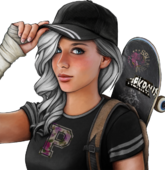
[Clothing design tips & tutorials] - Skin
By
UubeNubeh DaWog, in Tutorials
-
Recently Browsing 0 members
No registered users viewing this page.

By
UubeNubeh DaWog, in Tutorials
No registered users viewing this page.